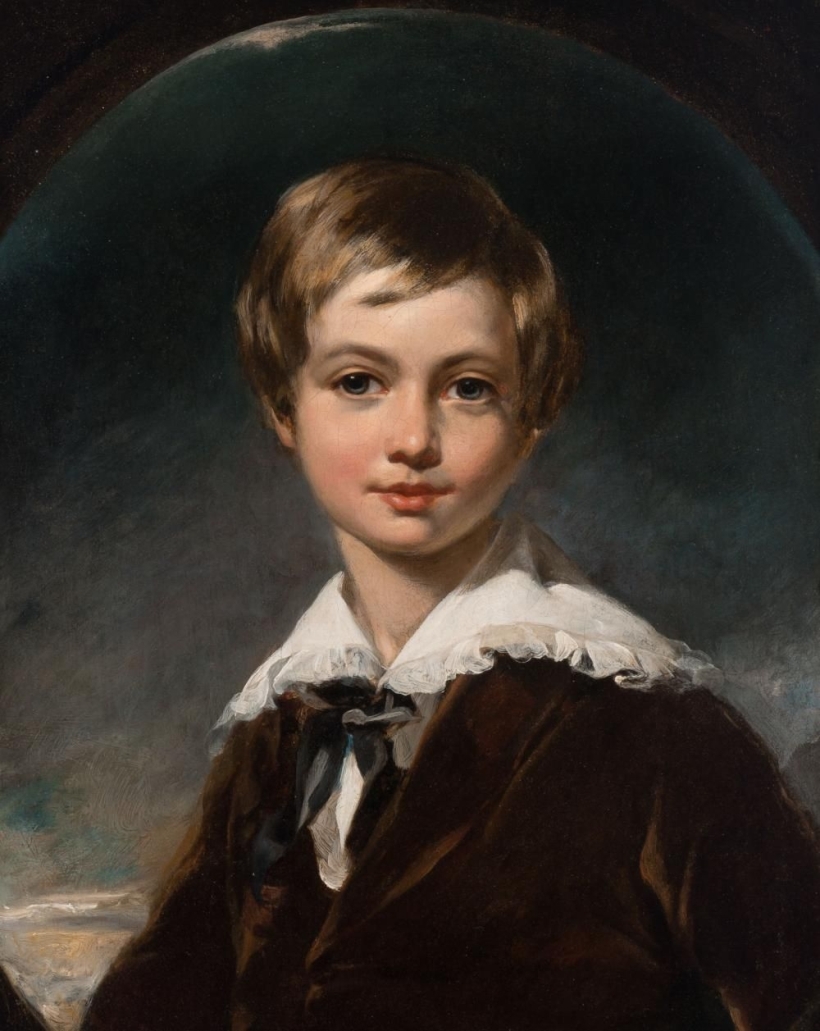Chamber portrait

Chamber portrait
Chamber portrait is a specialized genre of portraiture, focusing on capturing the subtle nuances and intimate details of its subjects within a confined or personal space. This genre is often distinguished by its emphasis on the personal connection between the artist and the subject, often rendering a more informal and private view compared to traditional portraits.
Historically, chamber portraits have evolved alongside major art movements, reflecting shifts in stylistic preferences from Classicism's order and harmony to Romanticism's emphasis on emotion and individualism. By the 19th century, Realism had taken hold, pushing the genre towards more lifelike depictions, which continued to evolve into the modern expressions seen in Impressionism and beyond.
These portraits are not just about the person but also about the setting, which often includes richly detailed backdrops that reveal the subject's social status or personal taste. Artists like Jean-Étienne Liotard with his "The Chocolate Girl" have exemplified this genre by focusing on both the subject and their immediate environment, enhancing the storytelling aspect of the portrait.
For collectors and enthusiasts, chamber portraits offer a unique glimpse into the personal lives of figures throughout history, making them a valuable addition to both private and public collections. Museums and galleries often feature these works, providing insight into the cultural and historical context of the periods they represent.
Sign up for updates on new acquisitions and auction events focused on chamber portraits through our newsletter. This subscription will keep you informed about exclusive sales and historical insights related to this intimate and revealing genre of portraiture.
| Country: | Europe, Russia |
|---|---|
| Start of the period: | XVII century |